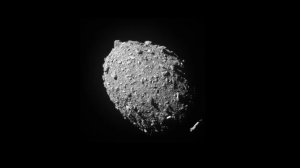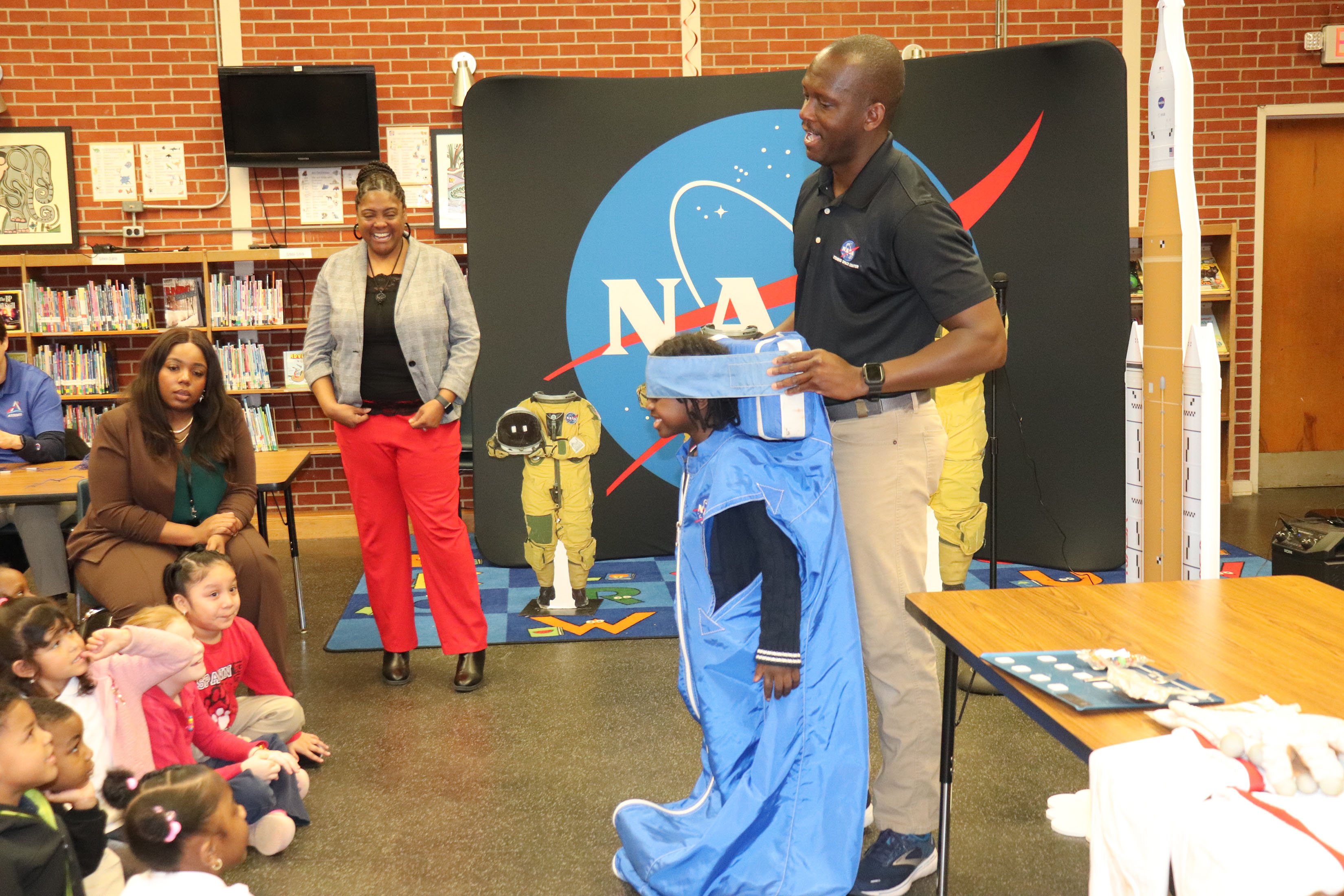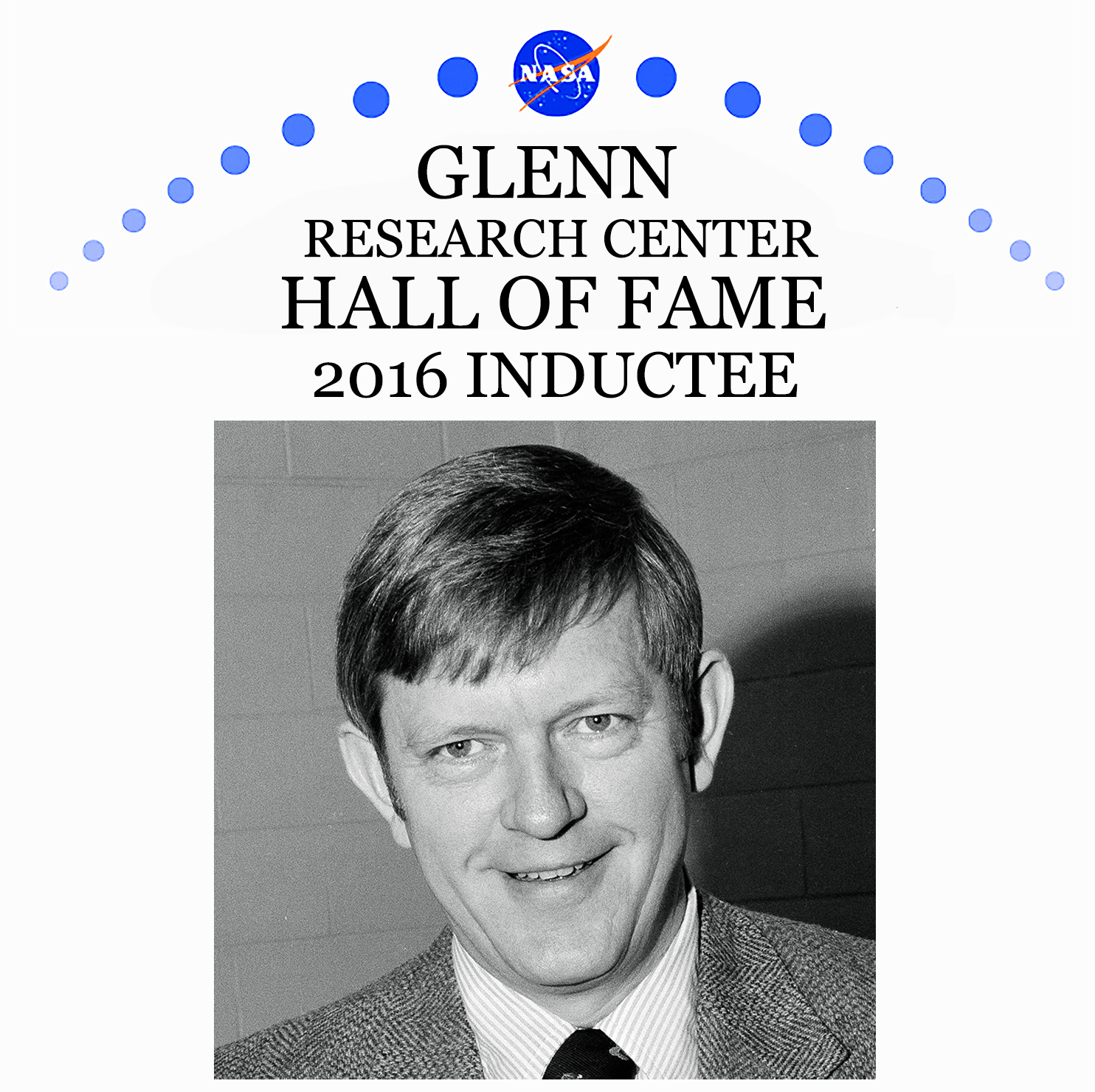US, Germany Partnering on Mission to Track Earth’s Water Movement
The Gravity Recovery and Climate Experiment-Continuity mission will extend a decades-long record of following shifting water masses using gravity measurements. NASA and the German Space Agency at DLR (German Aerospace Center) have agreed to jointly build, launch, and operate a pair of spacecraft that will yield insights into how Earth’s water, ice, and land masses […]


The Gravity Recovery and Climate Experiment-Continuity mission will extend a decades-long record of following shifting water masses using gravity measurements.
NASA and the German Space Agency at DLR (German Aerospace Center) have agreed to jointly build, launch, and operate a pair of spacecraft that will yield insights into how Earth’s water, ice, and land masses are shifting by measuring monthly changes in the planet’s gravity field. Tracking large-scale mass changes – showing when and where water moves within and between the atmosphere, oceans, underground aquifers, and ice sheets – provides a view into Earth’s water cycle, including changes in response to drivers like climate change.
With the international agreement signed in late 2023, the Gravity Recovery and Climate Experiment-Continuity (GRACE-C) mission will extend a nearly 25-year legacy that began with the 2002 launch of the GRACE mission. The GRACE-Follow On (GRACE-FO) mission succeeded GRACE in 2018. GRACE-C is targeting a launch no earlier than 2028.
The data from the GRACE missions is considered key information in characterizing Earth’s climate. Those measurements, together with other information and computer models, are regularly used for drought assessment and forecasting, water-use planning for agriculture, and understanding the drivers of sea level rise, such as how much ice the world’s ice sheets are losing.
“GRACE-C represents an international and collaborative effort to observe and study one of our planet’s most precious resources,” said Nicola Fox, associate administrator for science at NASA in Washington. “From our coastlines to our kitchen tables, there is no aspect of our planet that is not impacted by changes in the water cycle. The partnership between NASA and the German Aerospace Center will serve a critical role in preparing for the challenges we face today and tomorrow.”
Engineers and scientists are finalizing design details for the instruments and satellites, and then teams will start work on fabricating and building. The mission will be composed of a pair of identical satellites flying one behind the other, roughly 60 to 190 miles (100 to 300 kilometers) apart, in a polar orbit. The spacecraft will fly at an altitude of roughly 300 miles (500 kilometers). Together they will monitor monthly changes to the distribution of water on Earth from variations in the planet’s gravity field.
Following the Water
The pull of gravity varies naturally from place to place on Earth depending on the mass distribution near the surface. For instance, large shifts in underground water storage (groundwater) or losses from ice sheets move a great amount of mass around, which can in turn shift the planet’s gravity field on weekly to monthly time scales.
Researchers can gauge those changes by measuring very small changes in the distance between the two GRACE-C satellites. As the lead spacecraft flies over an area with relatively more mass – like a spot with more groundwater than its surroundings – the slight increase in Earth’s gravity field pulls the satellite forward, increasing its distance from the trailing spacecraft. Capable of measuring distance changes 100 times smaller than the thickness of a human hair, a laser ranging interferometer (LRI) instrument continually measures the distance between the two spacecraft.
The satellite systems and orbit for GRACE-C will be similar to those of GRACE-FO, ensuring the continuity of measurements between the two missions.
“GRACE-C will build on decades of observations of the global movement of water and changes in water resources. This is critical to informing predictions of future trends in our climate and to assess food and water security,” said Frank Webb, GRACE-C project scientist at NASA’s Jet Propulsion Laboratory in Southern California. “The mission is an example of the commitment that NASA and our German partners share for studying the Earth and helping society better prepare for a warming world.”
GRACE-C, previously known as the Mass Change mission, addresses one of the key goals outlined in the 2017 Decadal Survey for Earth Science conducted by the U.S. National Academies of Science, Engineering, and Medicine: to better understand the planet’s global water cycle through large-scale changes in Earth’s mass.
“Together with NASA, we are now continuing along the GRACE route in Earth observation, thereby strengthening our international cooperation in space-based research,” said Walther Pelzer, a member of the DLR executive board and director general of the German Space Agency at DLR. “The USA and Germany have been working closely together for a long time on climate and environmental research from space. The trust that our U.S. partners are placing in German space expertise for these missions by commissioning the satellite construction and the delivery of important parts of the GRACE-C instrumentation and mission control is also a sign of Germany’s capabilities as a prime location for spaceflight.”
The mission will be part of NASA’s Earth System Observatory (ESO), a set of Earth-focused missions that will provide data to guide efforts related to climate change, natural hazard mitigation, wildfire management, and food security. When combined, ESO mission data will create a holistic view of Earth from the planet’s atmosphere to its bedrock.
More About the Mission
JPL manages the GRACE-C mission for NASA and will procure the two spacecraft from Airbus Defence and Space, the company that built the satellites for the GRACE and GRACE-FO missions. Development and construction of the LRI system will be led by JPL, which is managed for NASA by Caltech in Pasadena. The German contributions are funded by the German Federal Ministry of Economic Affairs and Climate Action and the Federal Ministry of Education and Research. The German Space Agency at DLR will manage the German contributions to GRACE-C, providing the LRI optics subsystems; mission operations; telemetry, tracking, and command; the ground data system; the laser retroreflectors to help with satellite positioning; the launch vehicle; and launch services.
To learn more about GRACE-FO, visit:
News Media Contacts
Jane J. Lee / Andrew Wang
Jet Propulsion Laboratory, Pasadena, Calif.
818-354-0307 / 626-379-6874
jane.j.lee@jpl.nasa.gov / andrew.wang@jpl.nasa.gov
2024-030
Share
Details
Related Terms
What's Your Reaction?



















.jpg?#)






























